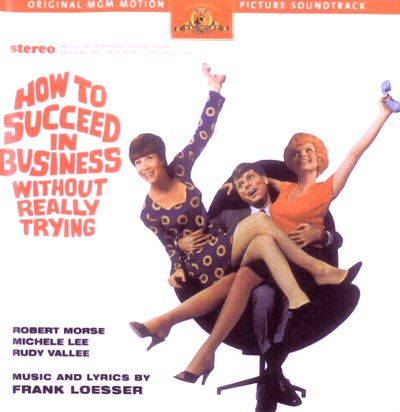
A catchy and optimistic title, isn’t it?
But as some early adopters (yes, we are still in the early adoption phase) can attest to, implementing a successful augmented reality (AR) system can be tricky.
For decades, the bold vision of AR pioneers was limited by bulky hardware and inadequate computing power of early generation AR systems.
Today, HoloLens, RealWear and other AR hardware make wearable AR far more practical, and AR editing software such as Vuforia makes content creation and delivery within easy reach. Still, over-enthusiastic vendors of AR-based products showcase systems that look great on paper, sorry – on head-mounted display, but fail to demonstrate meaningful end-user value. The gap between increasingly more capable hardware and software and broad industry adoption continues to widen.
We should view AR-based applications as information delivery systems. As such, AR should deliver relevant and easy to consume content, that is task and context-specific, and is highly optimized for the task and the user performing it.
The biggest turnoff of AR systems and one reason for their tepid adoption is the tendency to deliver information the user already possesses, such as placing virtual labels on parts or providing work instructions any maintenance technician should be familiar with. Instead, AR should offer information and guidance that enhance the knowledge and experience the user already have.
In other words, AR-based applications should focus on closing knowledge gaps between the knowledge and experience that the user possesses and task-specific information that will assist in performing the task correctly, efficiently, safely and in compliance with business regulations and best practices.
What creates knowledge gap in organizations? How do you uncover and measure these knowledge gaps? Here are a few examples:
- The brain drain caused by an aging workforce exiting the workplace is a major cause of a growing knowledge gap.
- Increased technology density and operational complexity of products and business operations coupled with underfunded and outdated training techniques further exasperate the impact of an aging workforce.
- High variability and one-off configurations of fielded systems coupled with improved reliability means less hands-on experience in recognizing and dealing with equipment-specific issues.
- Similarly, knowledge gaps are often recent and narrow in scope and therefore not covered in formal training. For example, a change in works instructions triggered by and engineering change order (ECO) or enhanced safety procedure.
Knowledge and experience gaps in filed service can lead to suboptimal maintenance, increased service and warranty costs and damage band image. Still, we see a strong tendency to focus on appealing visuals. For instance, overlaying a virtual temperature gauge on an image of the physical assets isn’t more useful than a simple dashboard that does not require holding up a tablet using both hands…
Below are a few points to consider when planning AR-based decision support system:
- Training, whether institutional or just in time, is often overlooked. AR makes for more effective training and is an excellent tool for reinforcement and just in time training.
- Target the knowledge gap that can be found within the less experienced workforce, or personnel that perform complex tasks infrequently or face less common situations, such as for first responders.
- Ensure that the content and information are highly equipment and task specific, for instance, in assembly and maintenance of small volume built-to-order equipment.
